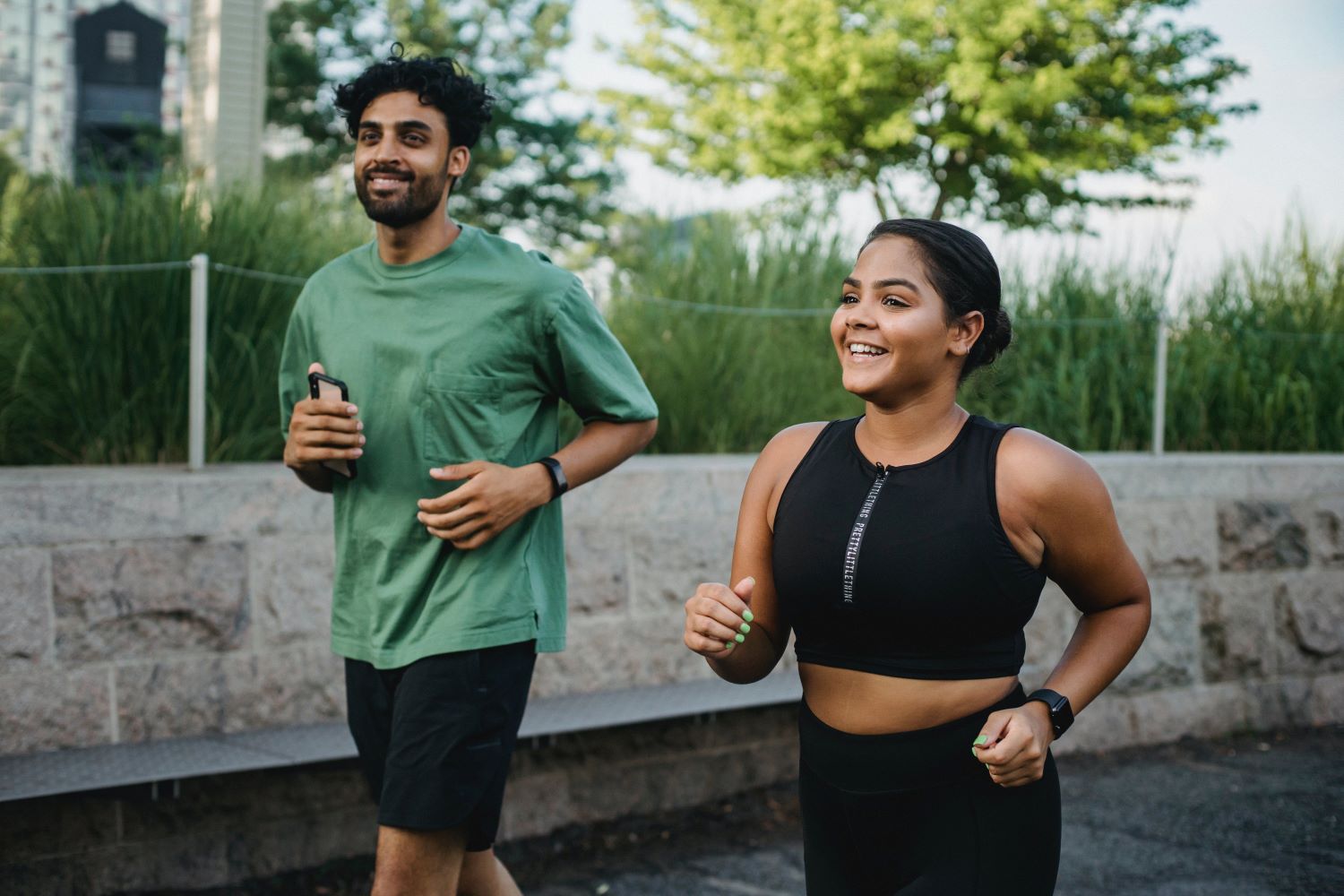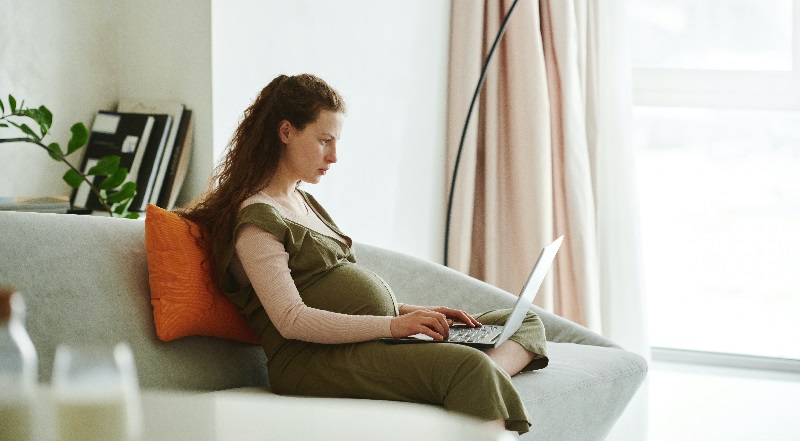Opinion | Monday, 18th May 2020
Coronavirus: Contact-tracing app – will it work for you and how can it be improved?
Yonghong Peng, Professor of Artificial Intelligence, considers the app's limitations and suggests improvements

Yonghong Peng, Professor of Artificial Intelligence at Manchester Metropolitan University, identifies the limitations of the NHS contract-tracing app and suggests ways to maximise its impact
The ‘Testing-Tracing-Isolation-Treatment’ protocol is fundamental to the effective control of the transmission and spread of the coronavirus.
The human-to-human transmission nature of the Coronavirus (COVID-19) is making governments around the world rush to find new ways to track the movement of people in order to get the spread of the virus under control.
Following a pilot project on the Isle of Wight, the NHS is to fully launch a contact-tracing app, called the NHS COVID-19 app, with a hope of controlling the spread of the Coronavirus by alerting people who may have been exposed so that they can take action on it.
It is hoped that this app could be important in helping the country return to normality and beat the coronavirus.
How the app works
There are various signals readily available on a mobile phone that can be used to track its movement and location, including GPS/GNSS, Wi-Fi location, cellular signal, near-field communication (NFC), and Bluetooth data. The NHS app uses Bluetooth Low Energy (BLE).
In terms of how the data is handled, there are two types of contact-tracing apps on the market: centralised or decentralised apps. The NHS’s app is a centralised version - data is collected and stored on the phone but will be processed on the NHS server when uploaded.
Once you install and switch the BLE on, the app will start broadcasting signals and phones nearby - if they have the app and Bluetooth is switched on - will receive the signals and record some of the information about your phone, such as the Universally Unique Identifier (UUID) and the time when the signals were received. The distance between your phone and an other person’s phone will be estimated based on the Received Signal Strength Indicator (RSSI) of a given Bluetooth connection. The recorded information will be stored on your phone for 14 days.
If someone felt unwell with symptoms of COVID-19, that individual can choose to inform the NHS and upload the data (UUID, the distance and the timestamps) their phone has collected about the other phones they have been in close contact with over the past 14 days via the app.
Based on the uploaded data, the NHS server will evaluate if the symptoms uploaded are associated with COVID-19. When it passes the threshold, it will extract the information of the phones that have been in close contact during the past 14 days, and trigger anonymous alerts to those phones to indicate that someone they have contacted has shown symptoms of COVID-19.
Here is how the NHS explains the COVID-19 app works:
Will the app work for you?
Of the various technologies, Bluetooth certainly has the potential of being one of the most feasible approaches for contact tracing as it traces the peer-peer contact directly and does not rely on the availability of third party connectives such as GPS or a Wi-Fi access point.
However there are important limitation and concerns.
1: Data precision
The first limitation of using Bluetooth is the precision of the data for estimating the distance of the contact.
Different environments in which the app is used may cause triggers of false ‘close contact’. Without knowing the environment or the conditions under which the phones have contacted, the estimated short distance does not really mean that those two persons (or phones) have actually been exposed to each other. For example, two people sitting either side of a wall or when you have been using personal protective equipment, such as a face mask, when you were sitting beside someone.
This type of false alarms - the app alerting people who have not really come into contact with those who may have Coronavirus - could cause a big impact to people. Continuous false alarms could cause unnecessary worry and stress and make people lose interest and confidence in the technology.
2: User numbers
The success of using the contact-tracing app to control the spread of the virus relies on the number of people who are using it - ideally everyone (or at least the majority) use the app.
Whilst a large number of people in the UK own smart phones, there are still a significant number of people who do not have smart phones or do not have a BLE-enabled phone. In 2019, 21 per cent of UK adults did not own a smartphone and only 72 per cent of mobiles were connected to 4G. Some groups, especially schoolchildren and the elderly, often do not have smartphones and may not have the opportunity of using the app to join the contact-tracing action.
The fewer people using the app, the higher chances having silent transmission of the virus. This raises a question about the effectiveness of using the app in the real world.
3: Privacy concerns
There are privacy concerns around the app, particularly as the data stored in the central database has a link to an individual. We have seen being voiced concerns around how the data could be repurposed by the government.
People don’t really know how to balance the privacy concerns and the benefit of using the app - the benefit of the app would not exist until everybody is using it.
The app requiring people to keep their Bluetooth switched on at all times could create additional risks.
The range of detecting Bluetooth signal is around 10 metres and it can potentially transmit up to 100 meters.
It means anyone within 10 meter can keep a log of another’s phones information and can potentially execute any software they like remotely.
A way forward?
Given the high chances of false alarms, it is important to allow people to know when and where the close contact has happened so that people can make the appropriate judgement about the risk of having been infected, or being better protected. Of course, this may cause concerns over privacy on the other hand.
The continuous improvement and fine-tuning of the app will be necessary and possible but it needs more data to be collected. Voluntary consents and privacy protection need to be available to encourage people to contribute their data.
Additional functionality should be available to allow people to personalise the app and maximise the impact.
For example, giving people the ability to indicate that they have been using personal protective equipment during the time of close contact, which can avoid a false alarm, and reduce worry and stress.
In addition, people with different health conditions would benefit significantly if the app could be adjusted to give an early warning when it has detected a risk in the environment in real time, such as someone sitting nearby having been exposed previously.
Furthermore, the contact tracing would not be the endpoint of the solution.
What follow-up actions people could take to respond to an alert received by the app would be more important than the alert itself.
This can also be of critical importance to build-up people’s confidence in using the app, which is the key for the success of implementing the contact tracing.
All together, the app would be a valid tool to help us fight the virus only when it makes people feel confident they are having their health maximally protected and their privacy well-respected.





